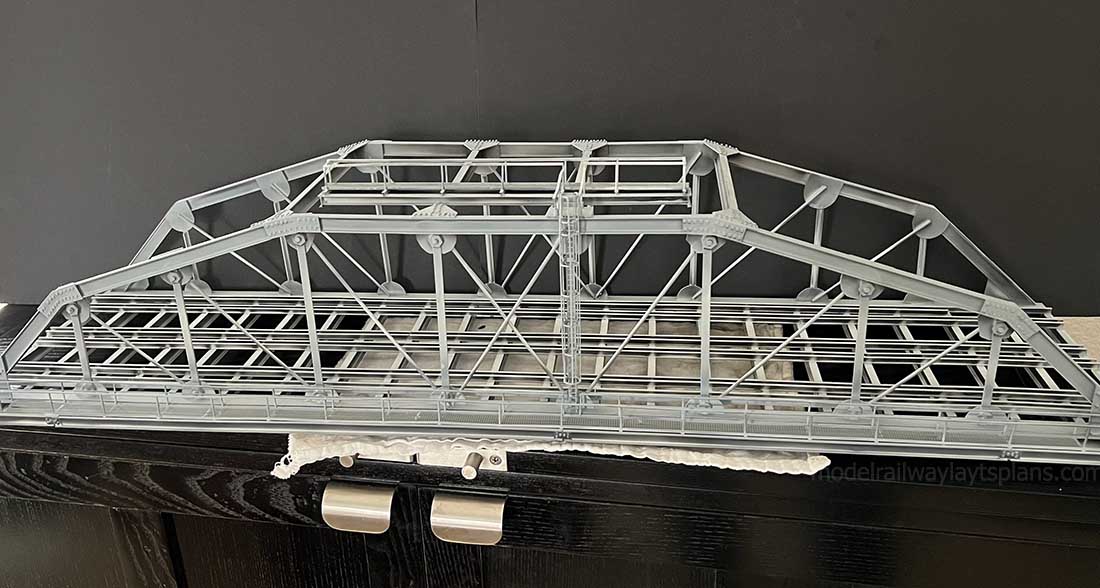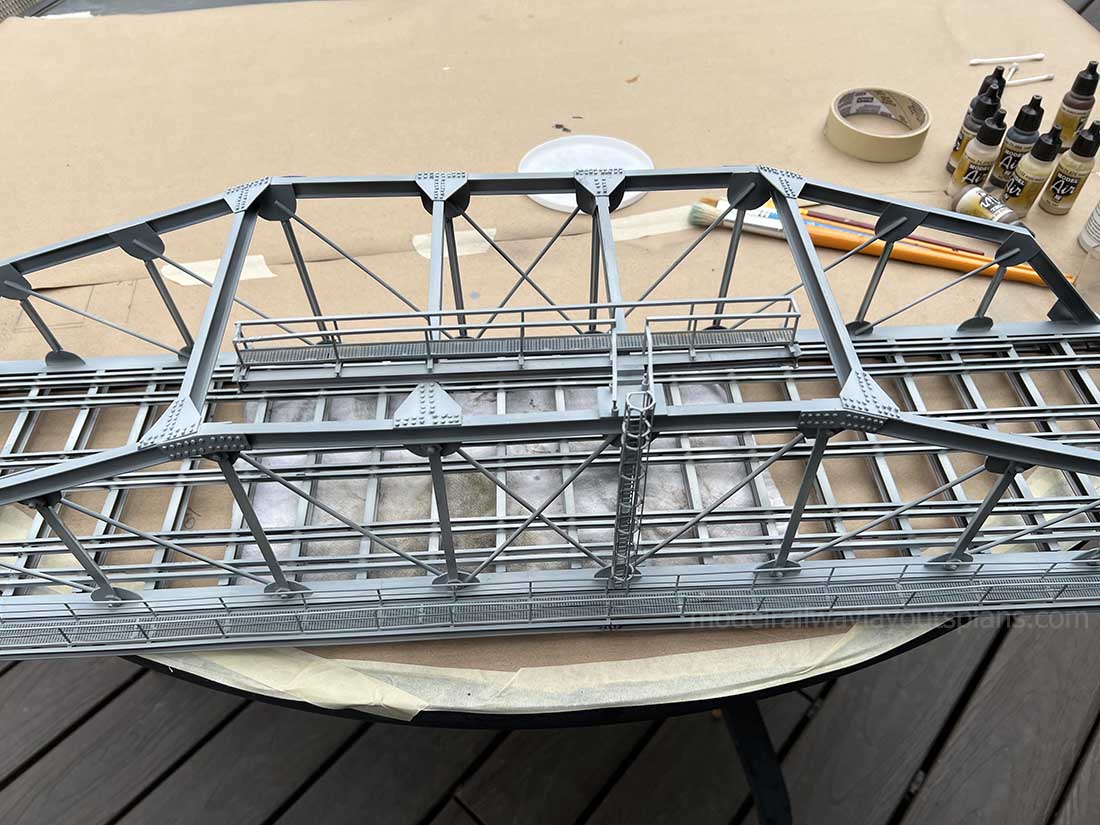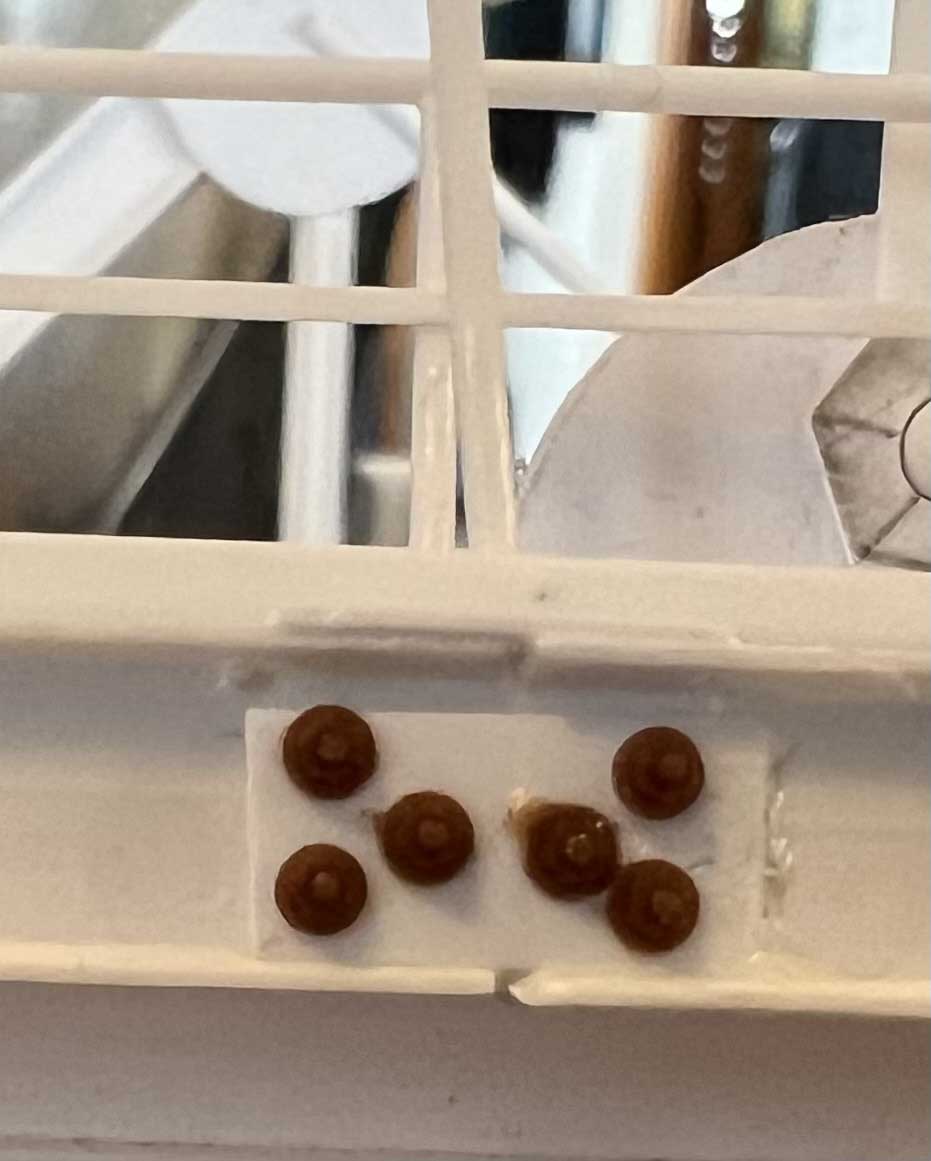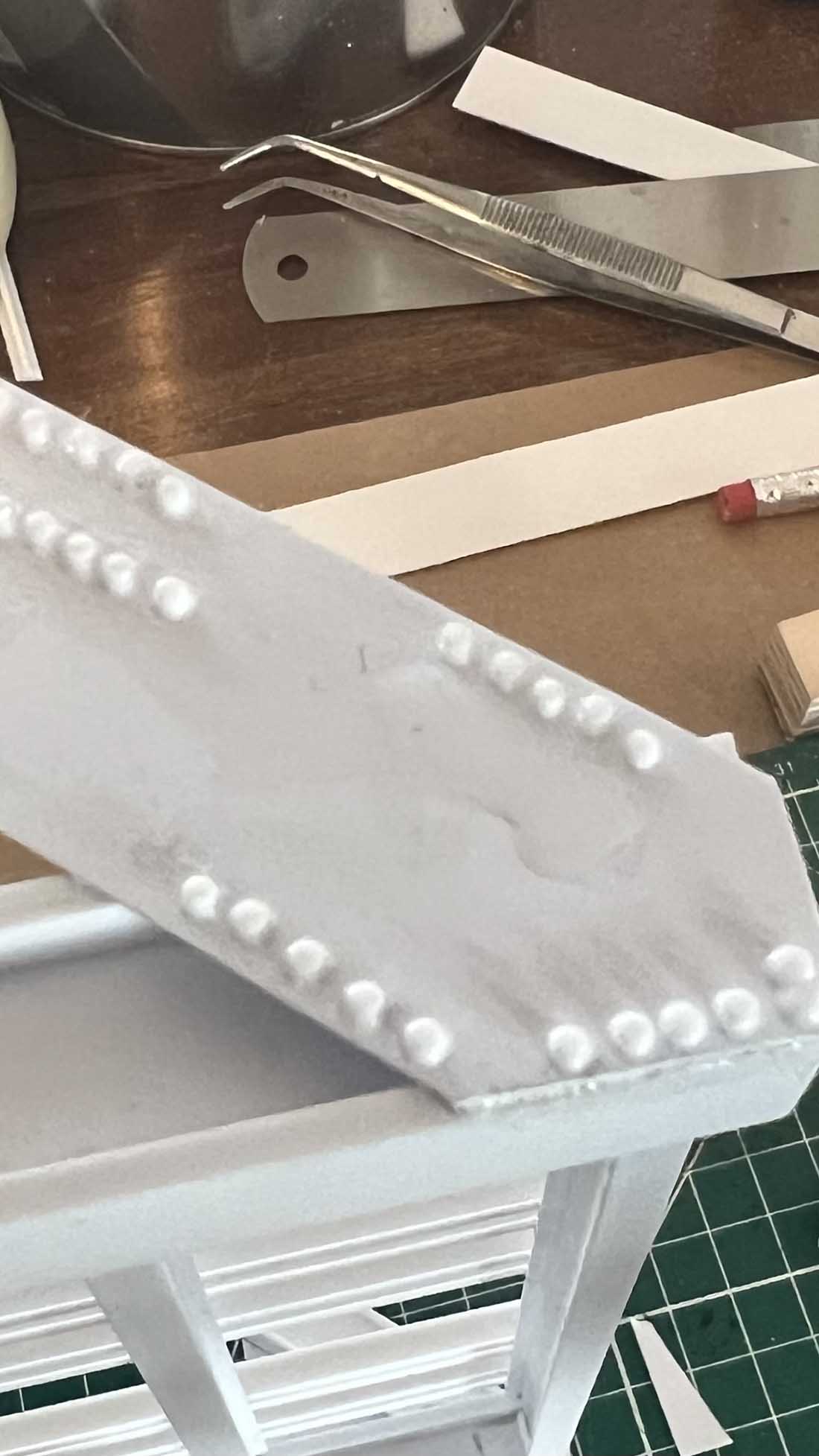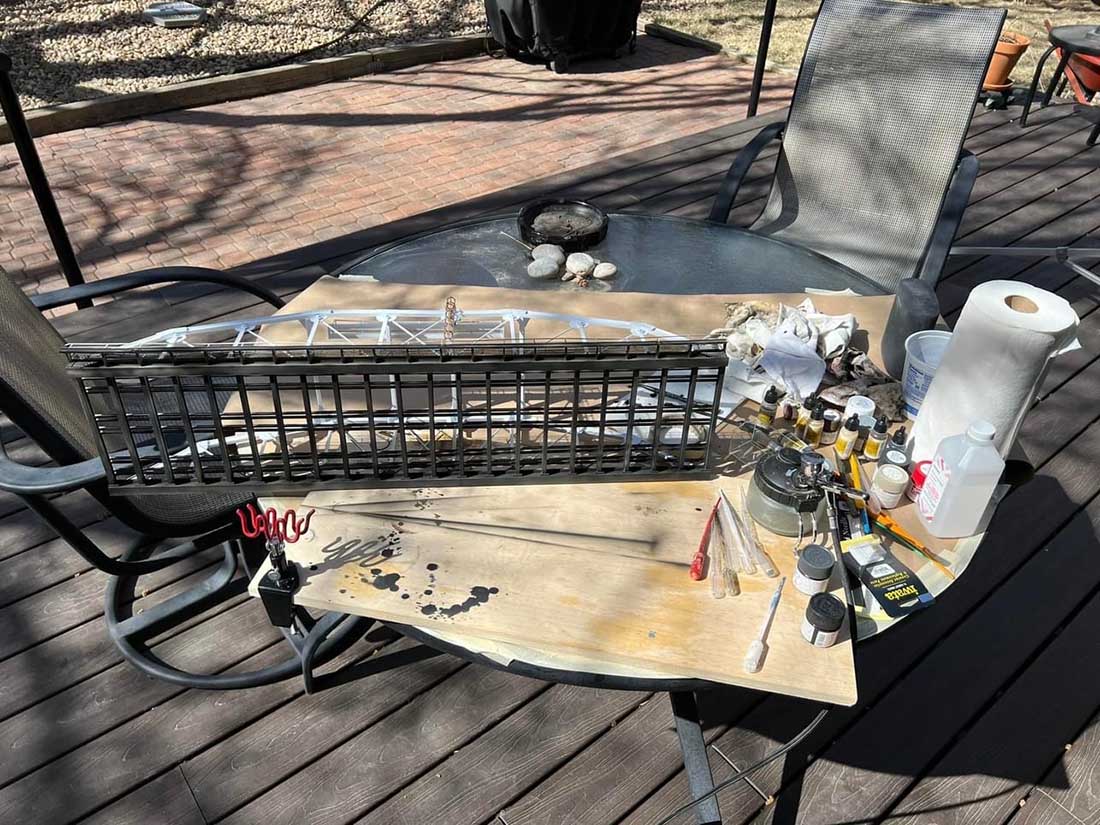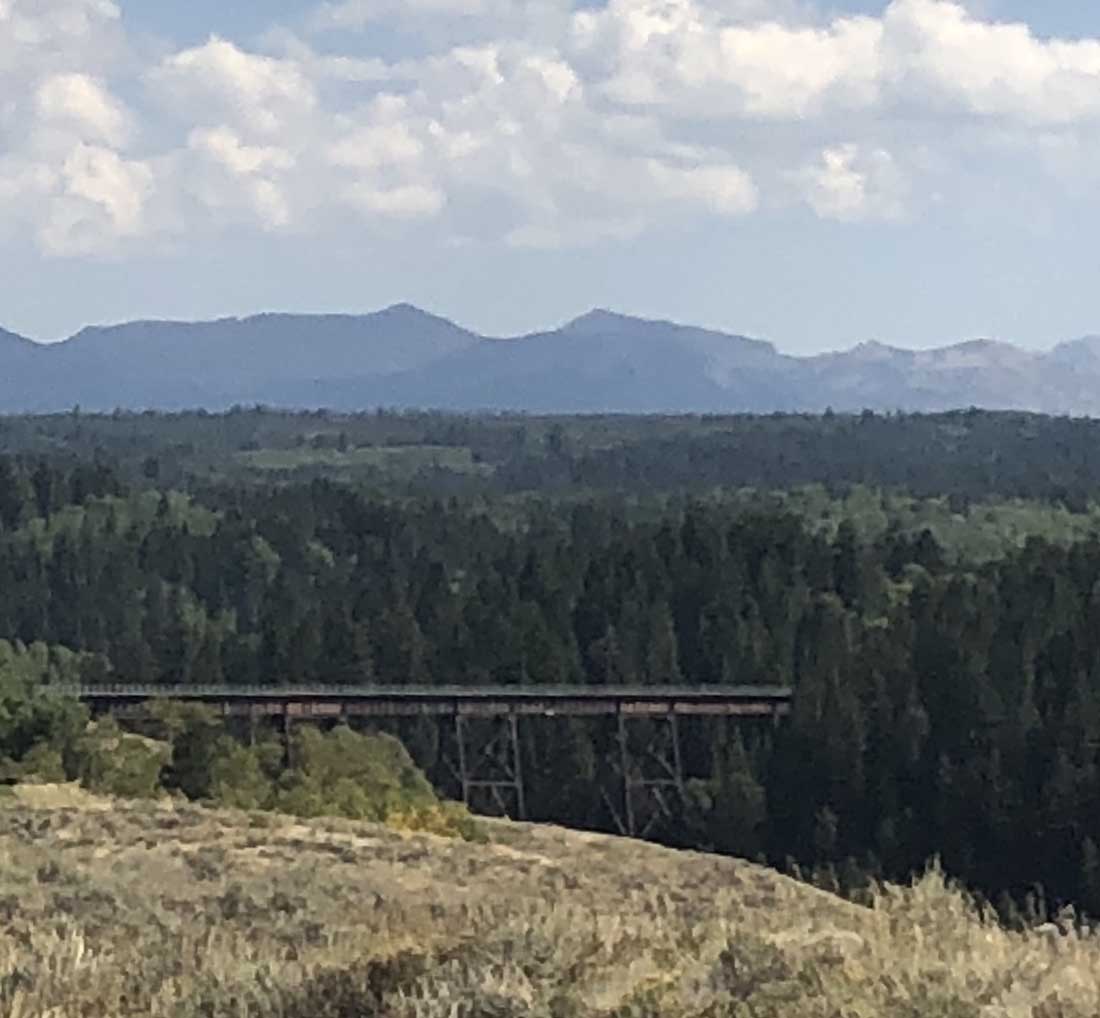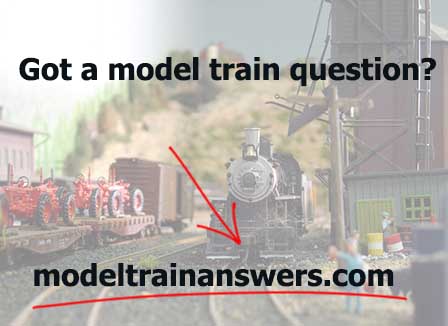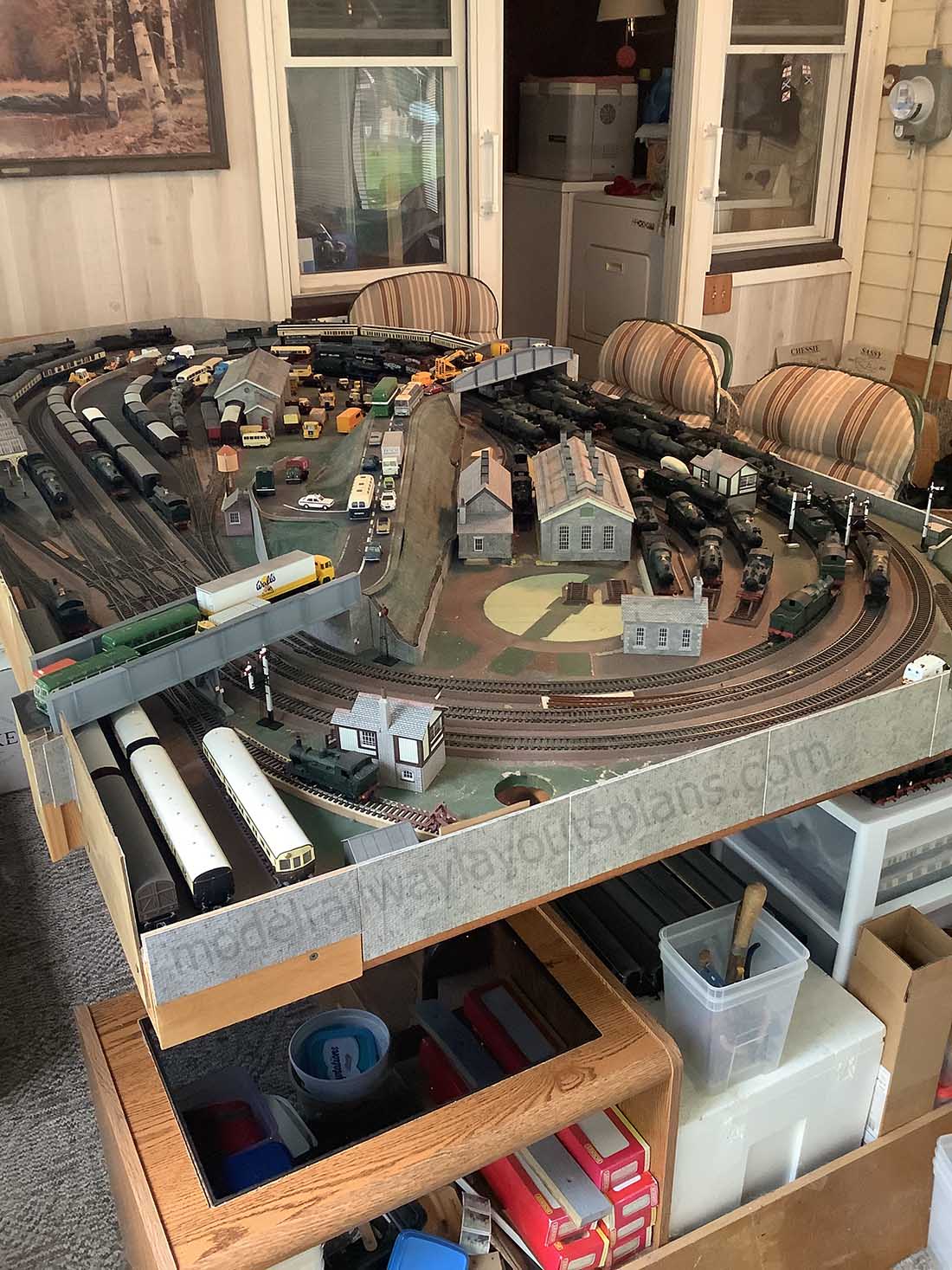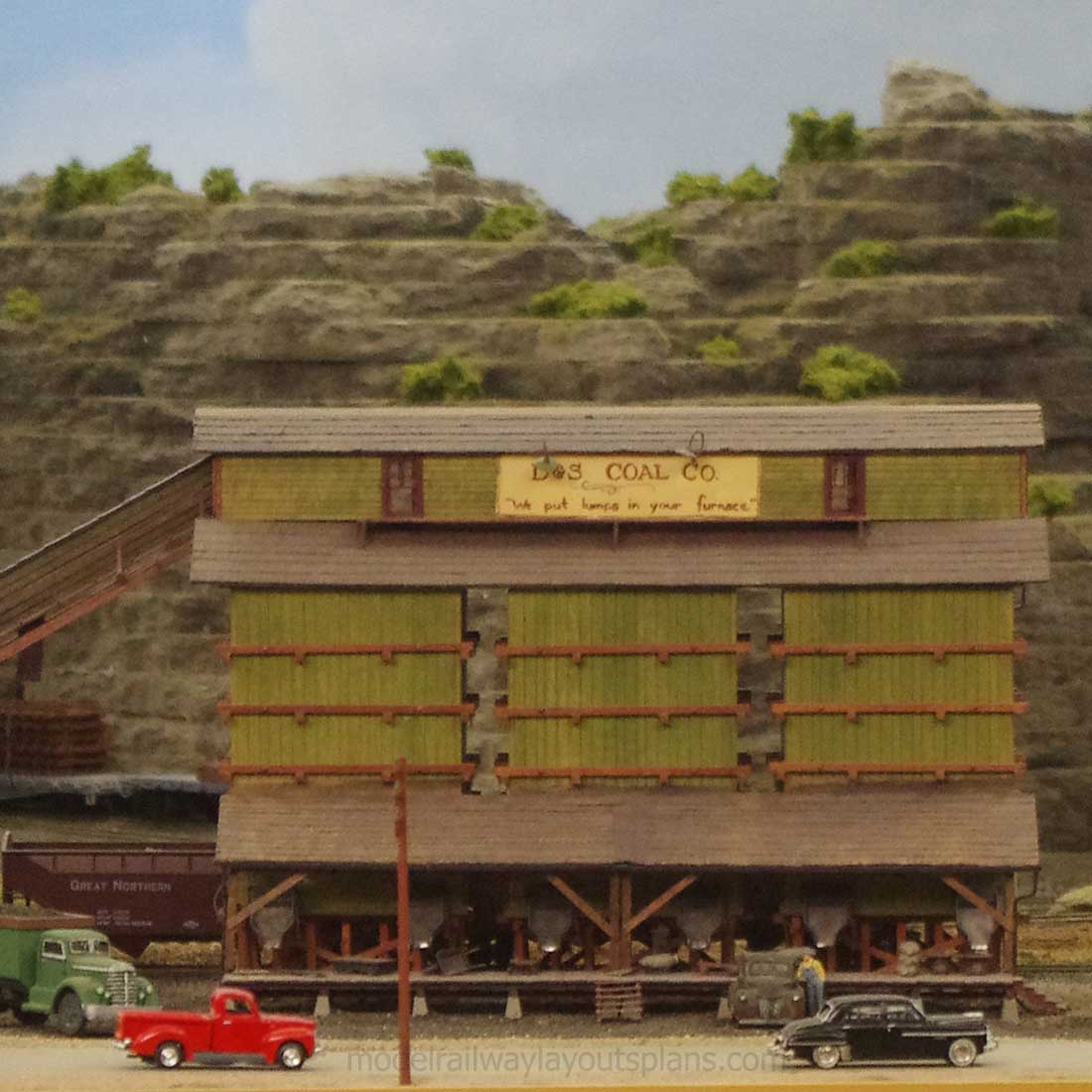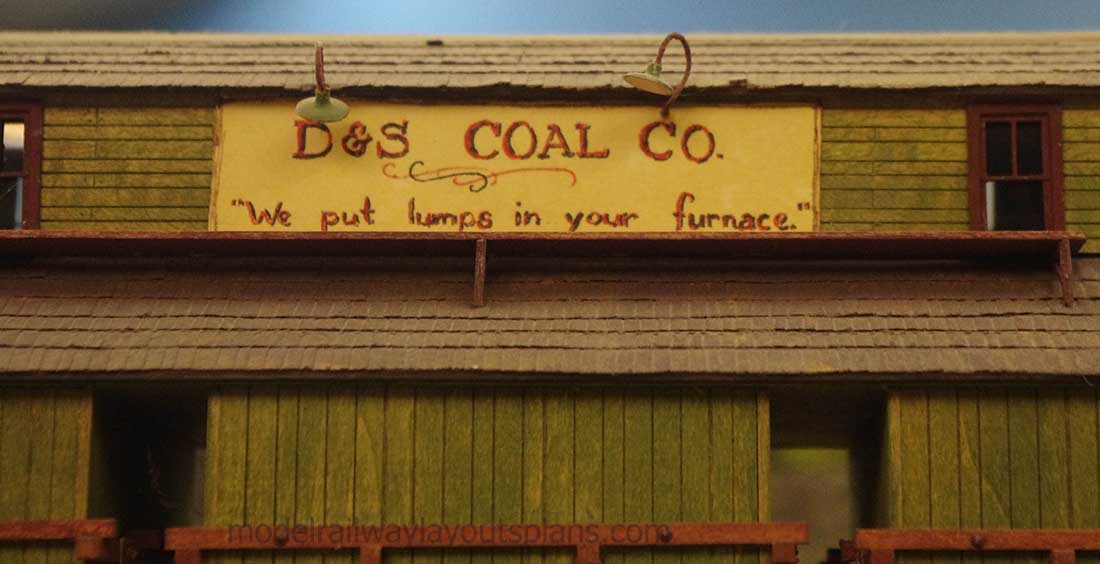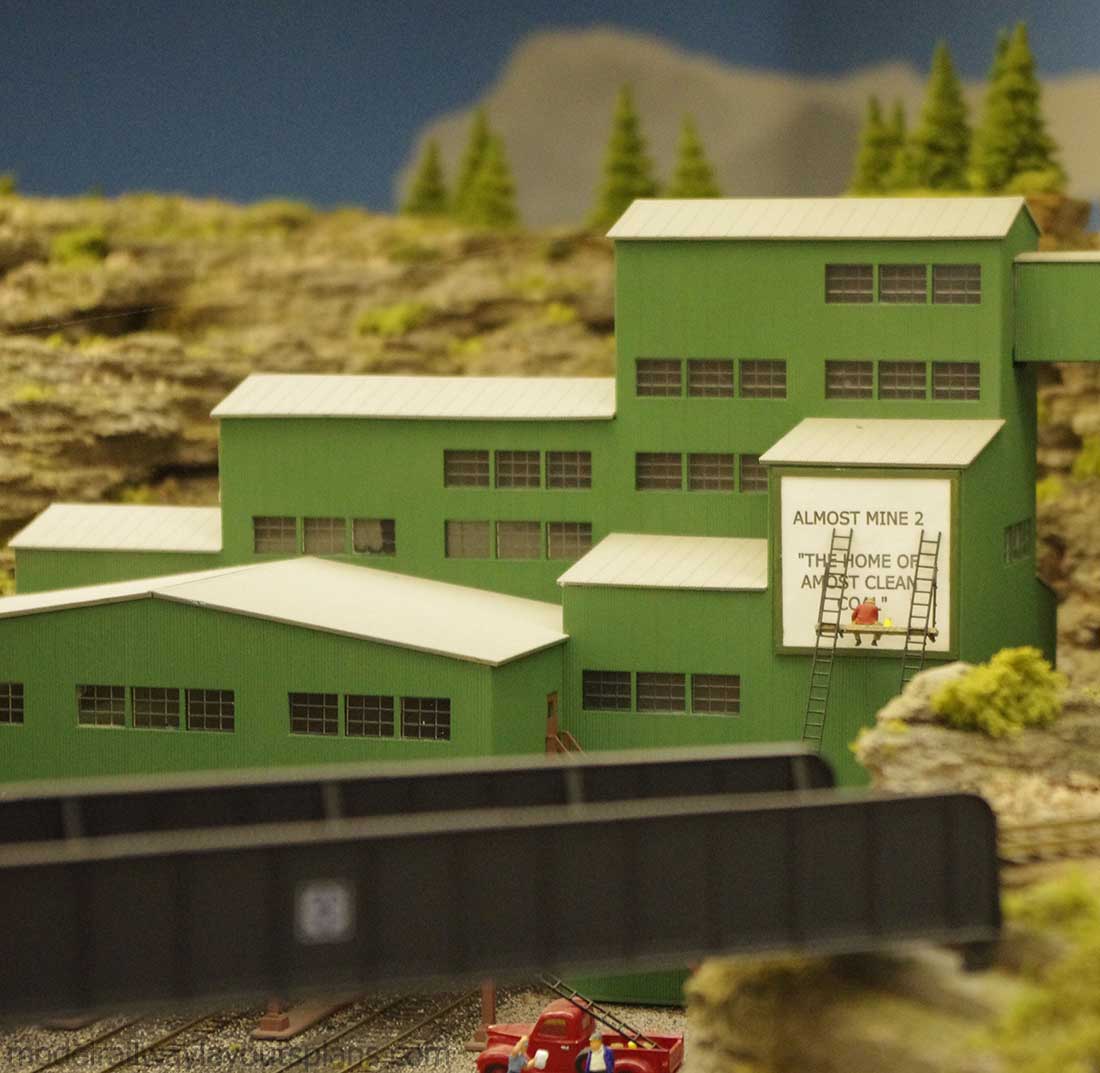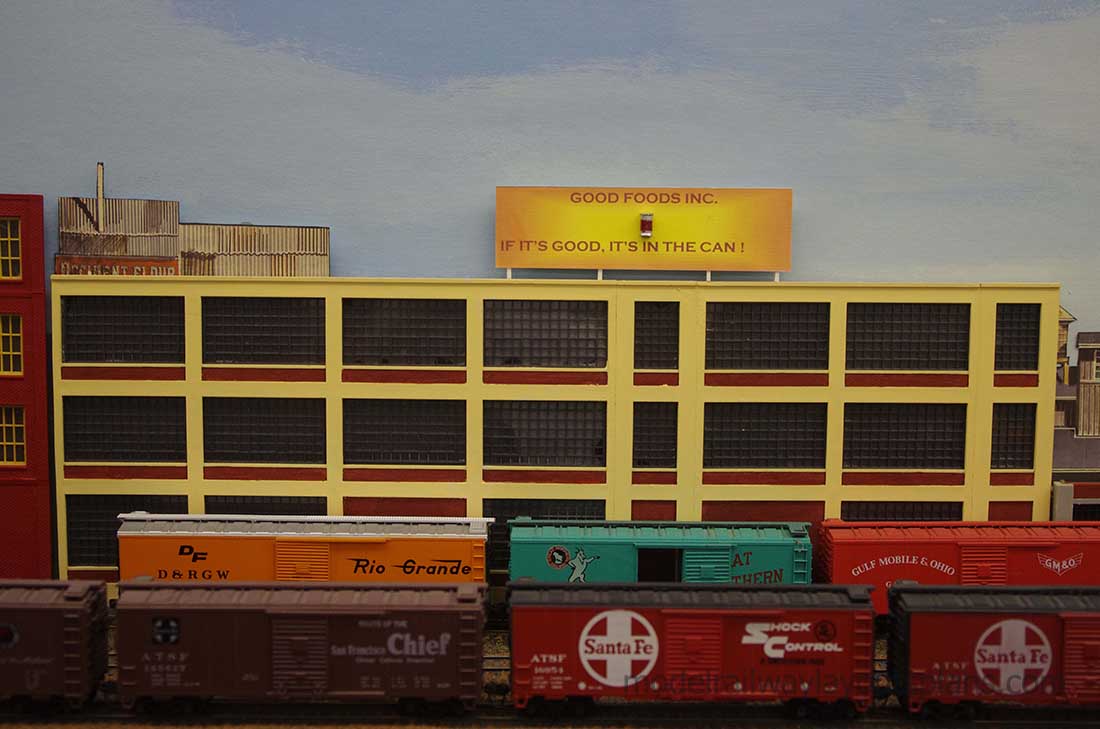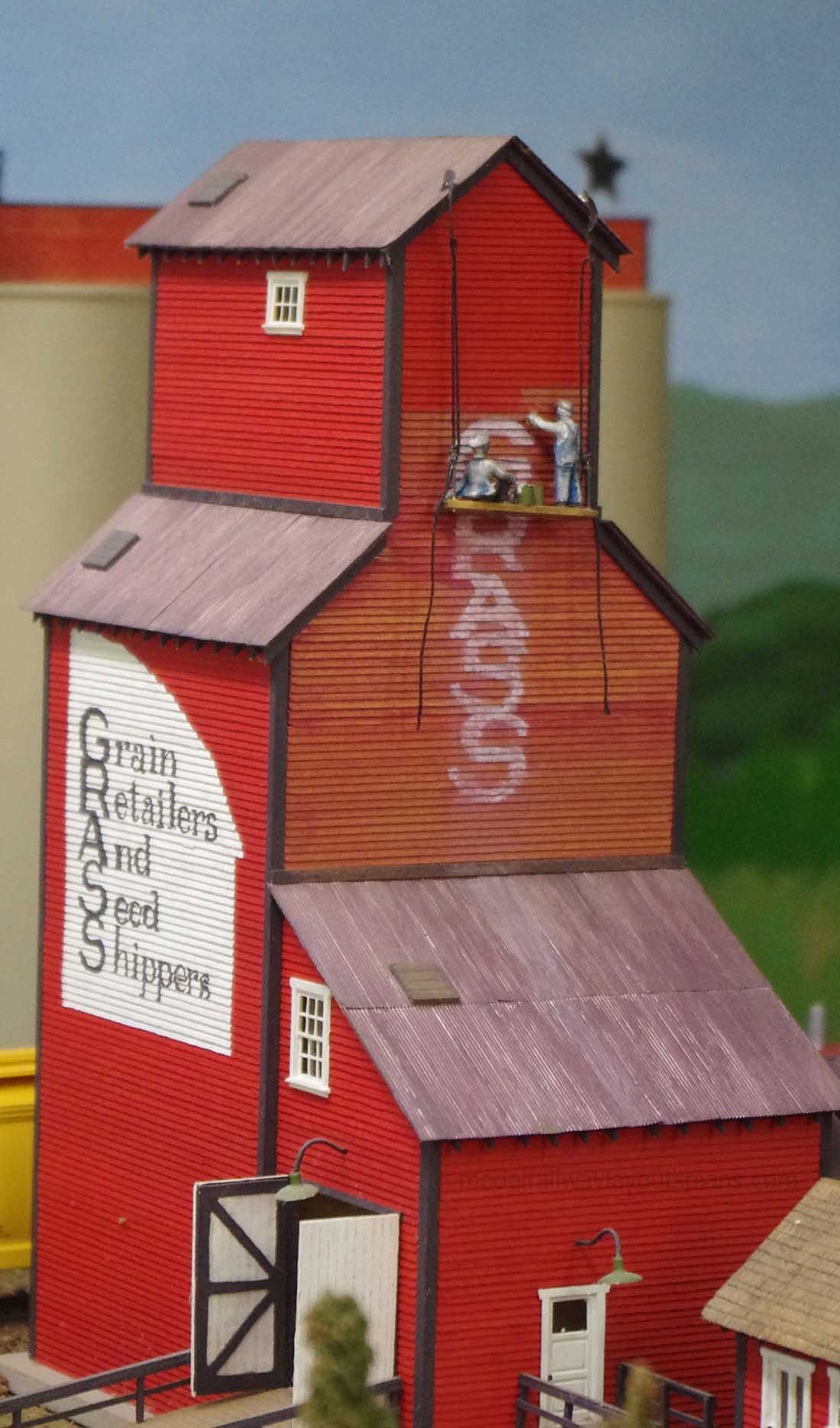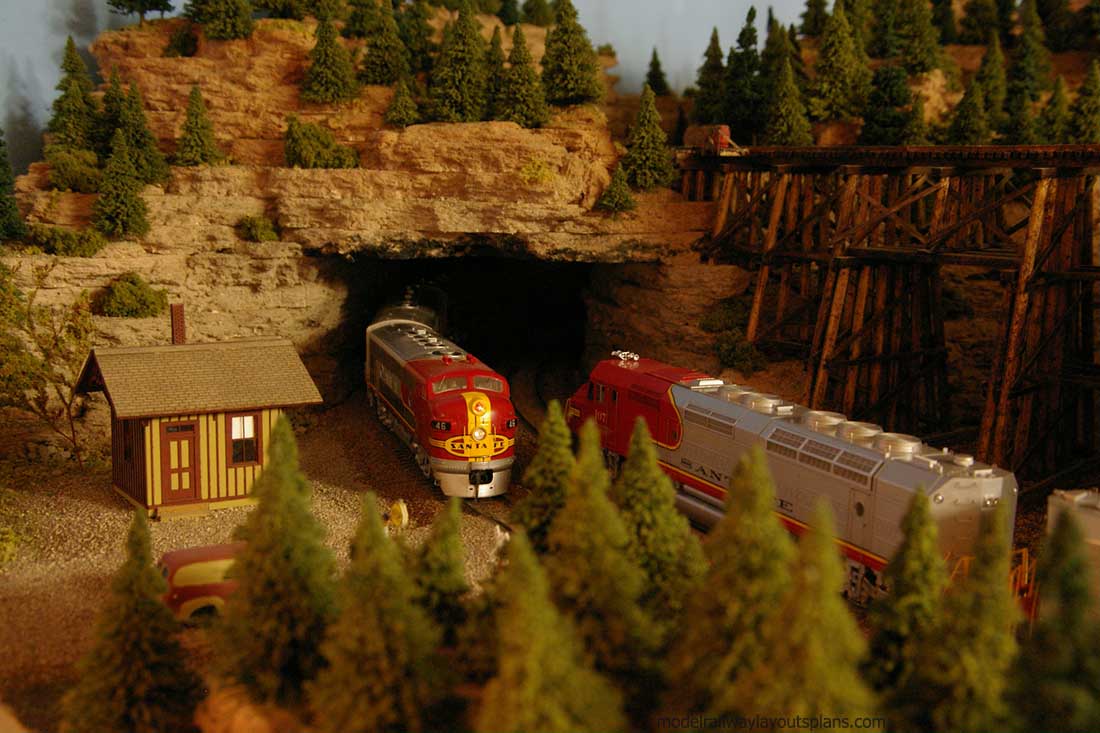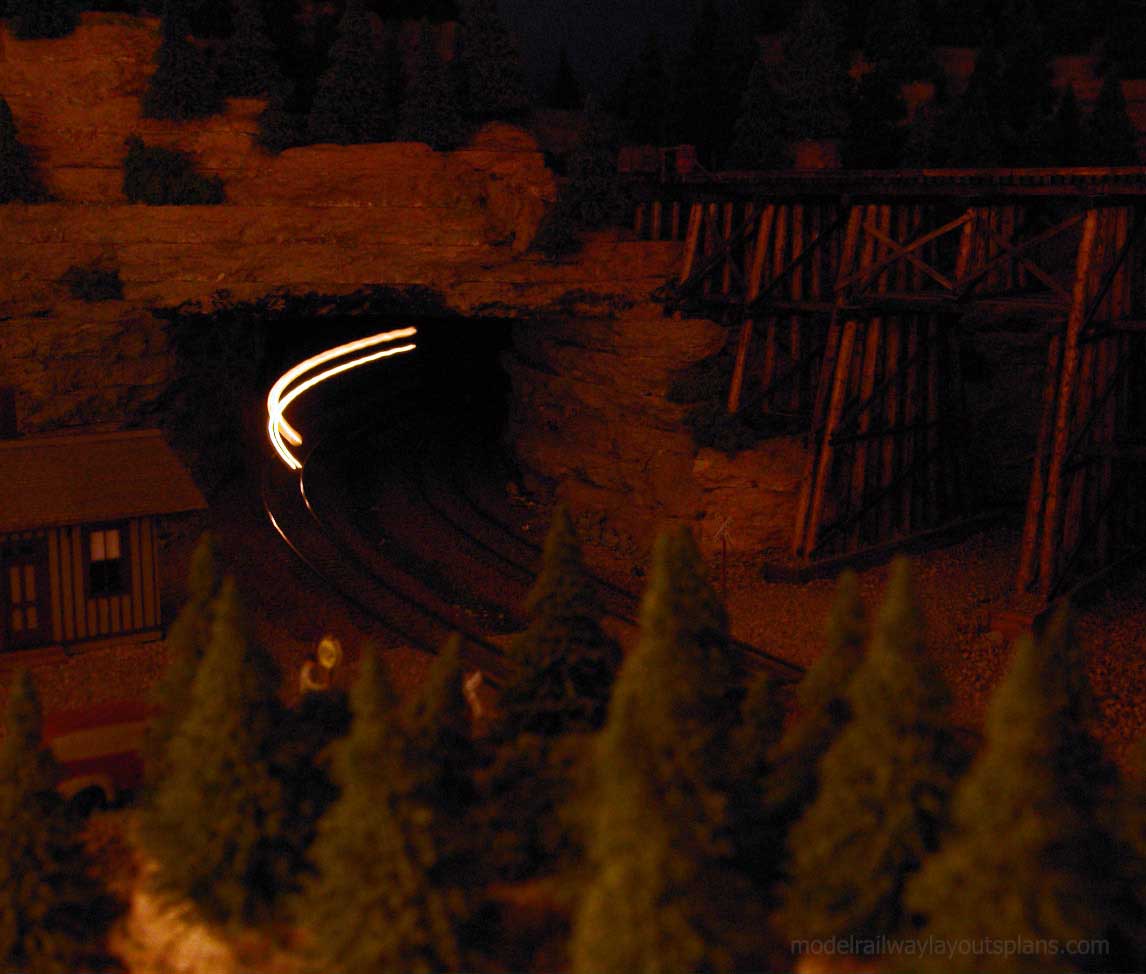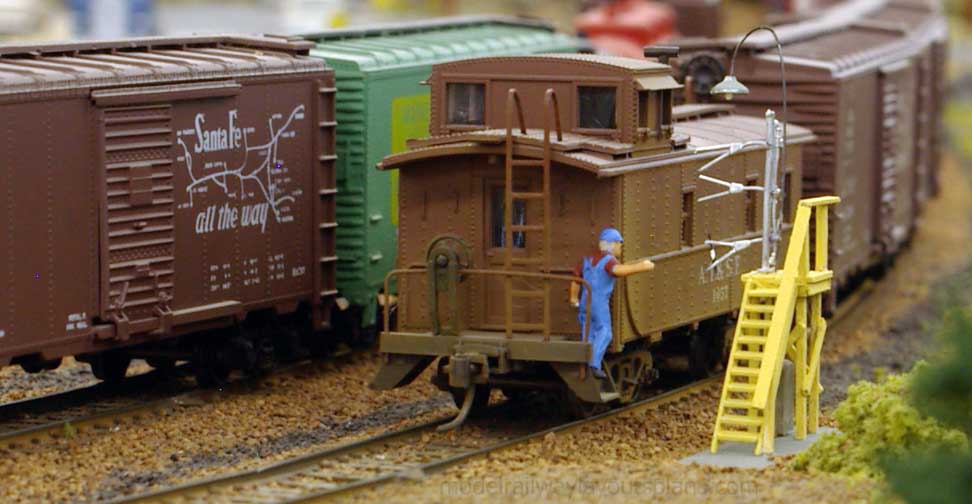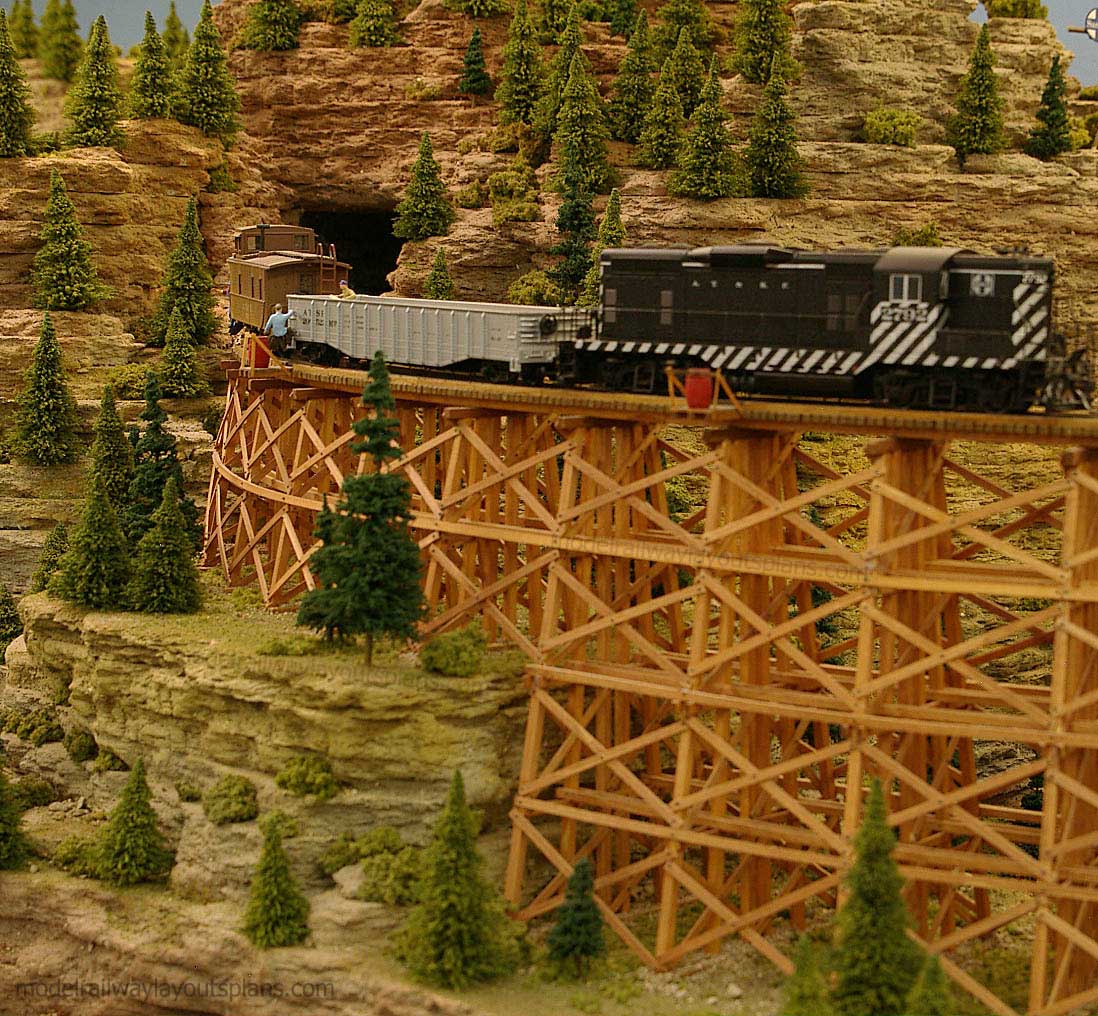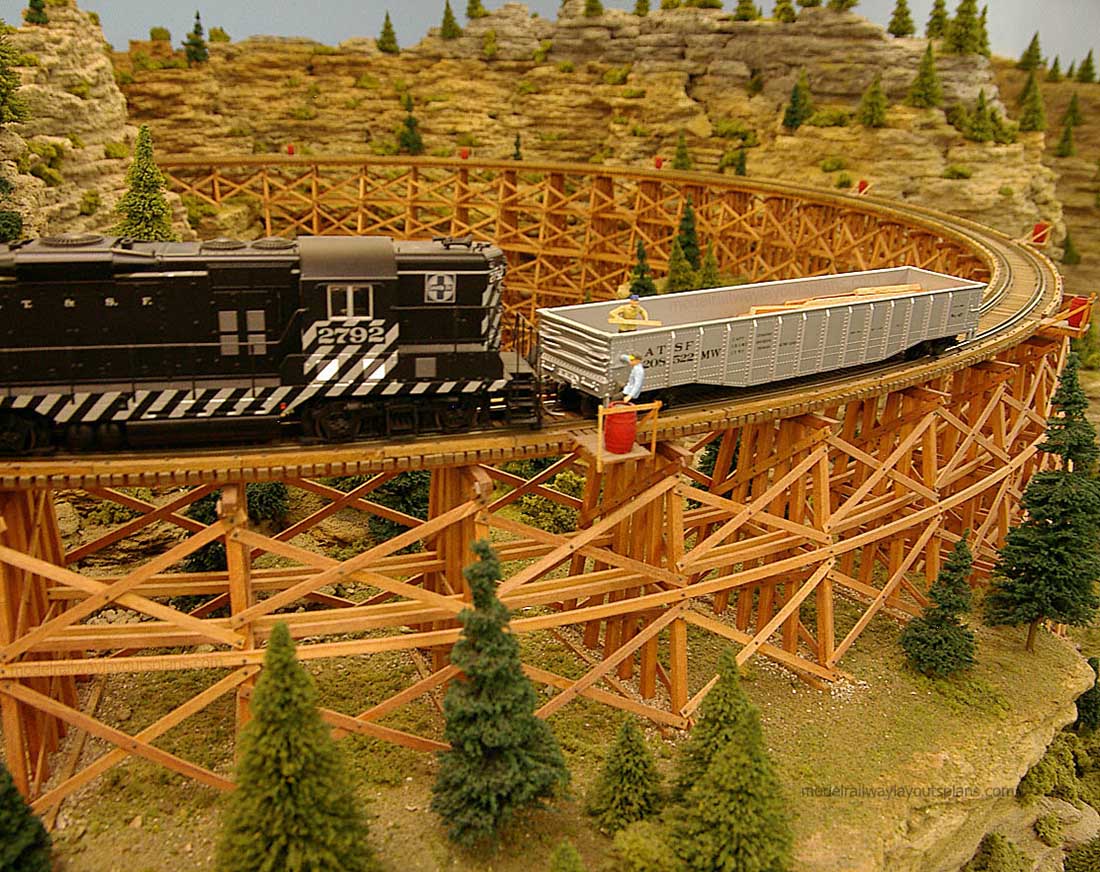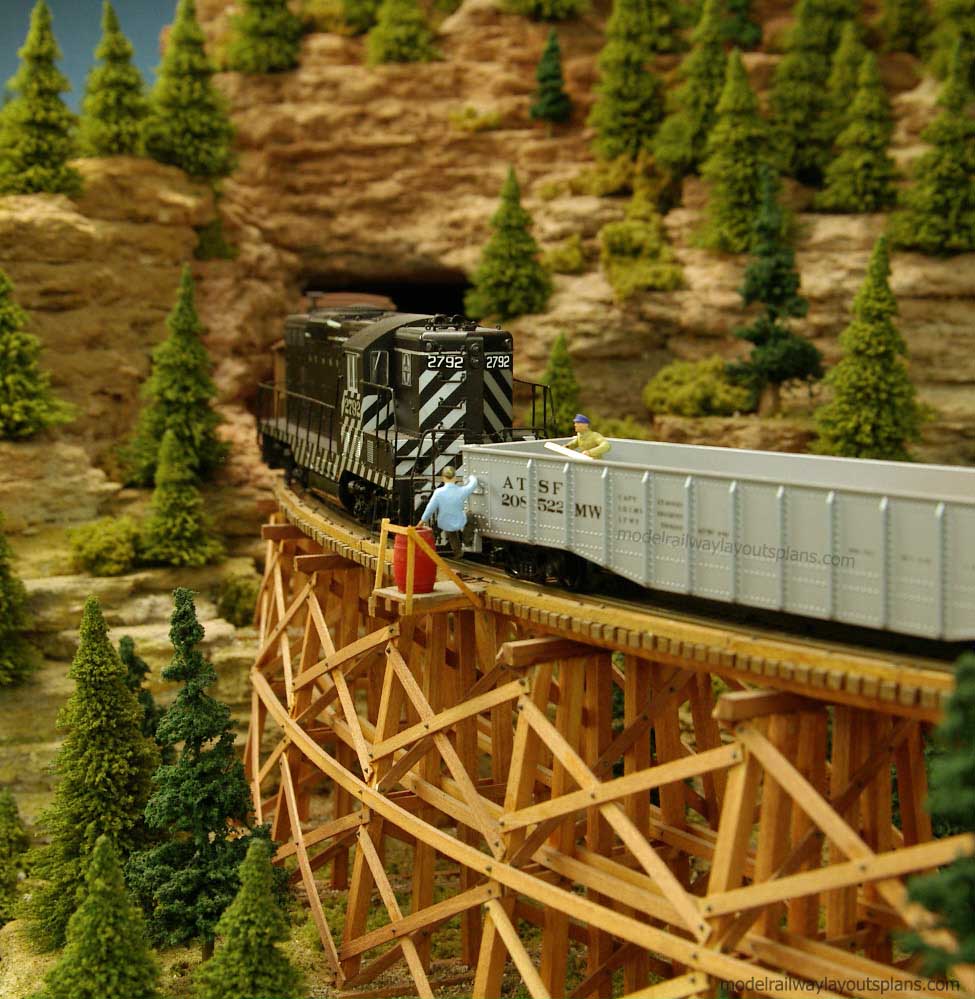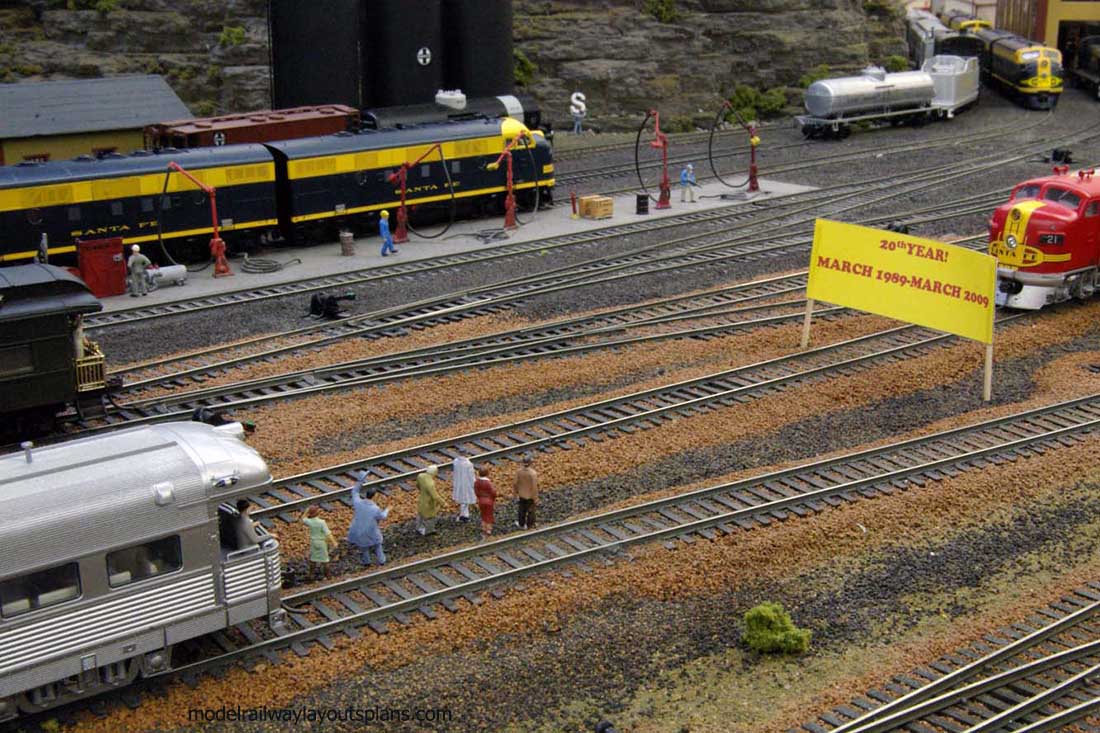Rob’s been back in touch with another missive on how to build a model train bridge:
“My bridge is built and next will be the installation. That will come along in a few weeks. I can’t do it right away due to personal reasons.
Some people have expressed that the bridge looks a bit North American for a British outline layout. The thing is, I wanted to build a bridge. It is my layout so, I’ve done it.
I started building layouts after a trip to London in 2012. I went to Hamley’s toy shop, a place I had been to as a child while living in London with my family as a child. The fellow in the train department started talking to me about trains. It was very interesting to me.
After a while he said, “And this one has sound.” While pointing to a Class 50 diesel. Sound? I said. Yes, he said it makes the sounds of a locomotive. I was intrigued. Intending to buy something anyway, I said I’ll take it.
When I got home with my newly acquired circle of track, DCC controller and sound locomotive, I set it up on the dining room table and hit F1. To my delight, I heard the sound of a large diesel engine starting. Wow…I was instantly hooked. My journey had begun. At 76 it is still going.
Rob”
A huge big thanks to Hall of Fame Rob for sharing the second part of how to build a model train bridge.
You can see the first part here:
How to scratch build a bridge.
Now on to Roger, who is also building a bridge:
“Im currently building the “ Bitch Creek” bridge in N scale. The bridge is in Idaho and is on the Altoona Rails to Trails. I think Neds backdrop in O is magnificent, particularly since backdrops are often missing or inadequate in the presented projects
I think your daily email is alot of fun.
Best
Roger”
A big thanks to Rob and Roger – their posts jogged my memory to years and years ago.
Have a look at the bridge below and see if you can guess what it’s made from:
Next, there are quite a few recent questions on the forum that haven’t had any replies. Can you help? They need help and I know you lovely lot can lend a helping hand.
That’s all for today folks.
Please do keep ’em coming.
And if today is the day you get started on your layout, the Beginner’s Guide is here.
Best
Al
PS Latest ebay cheat sheet is here.
PPS More HO scale train layouts here if that’s your thing.

